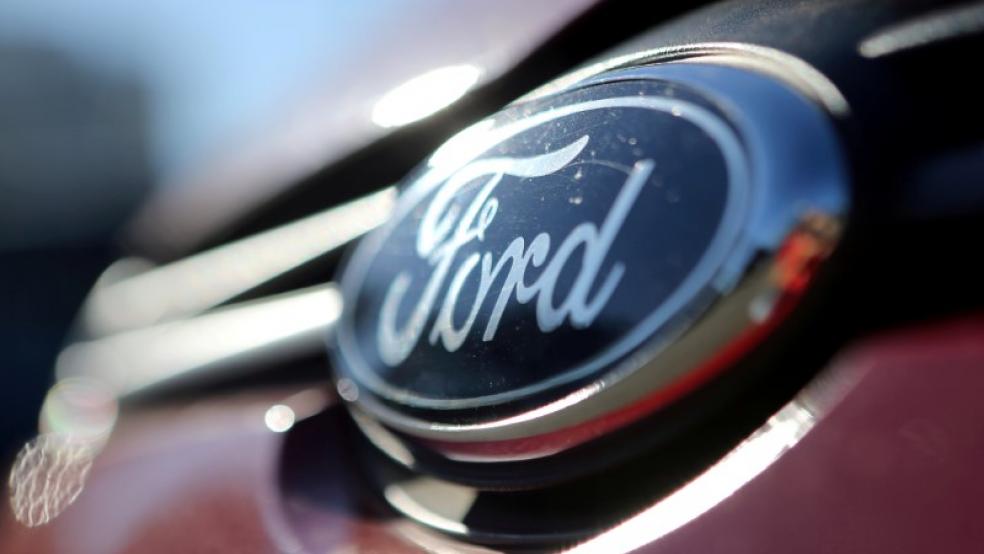The Department of Energy plans to lend $9.2 billion to BlueOval SK, a joint venture between American automaker Ford and South Korean battery manufacturer SK On, to help finance the construction of new battery factories in Tennessee and West Virginia. The massive loan, part of an effort by the Biden administration to boost electric vehicle production in the U.S., nearly doubles the $11.4 billion already put into the joint venture by the parent firms.
The loan is also the largest investment yet by the Energy Department’s Loan Programs Office, a 20-year-old initiative that received additional funding through last year’s Inflation Reduction Act, which dedicated $370 billion to clean-energy projects overall. According to a Treasury Department official this week, nearly 200 new clean energy projects have been announced since the IRA was signed into law, with a total value of roughly $83 billion.
The BlueOval SK battery factories are projected to create 5,000 construction jobs initially, and then 7,500 manufacturing jobs once they are up and running. The three plants financed by the loan will have a capacity of more than 120 gigawatt hours of battery production per year, enough to displace 455 million gallons of gasoline annually, according to the Department of Energy.
“This effort supports President Biden’s Investing in America agenda to onshore and re-shore domestic manufacturing of technologies that are critical to reaching the clean energy and transportation future,” said Jigar Shah, director of the Loans Program Office. “Expanding domestic production of American-made batteries is critical to reaching the Biden-Harris Administration’s goals to have EVs represent at least 50% of all new car sales in the U.S. by 2030, reach net-zero electricity by 2035 and a net-zero economy by 2050.”
The Loan Programs Office has been involved in other notable loans in the past, Bloomberg reports, including a failed $535 million loan to solar tech firm Solyndra in 2009, and a successful loan of $465 million to Tesla Motors in 2010, which helped finance the company’s first factory.
And it’s not the first time Ford has taken a sizable loan from the federal government. In 2009, in the midst of the financial crisis, the automaker received $5.9 billion from the Energy Department to retool its factories and improve the fuel efficiency of its fleet. That loan was paid off in 2022.




